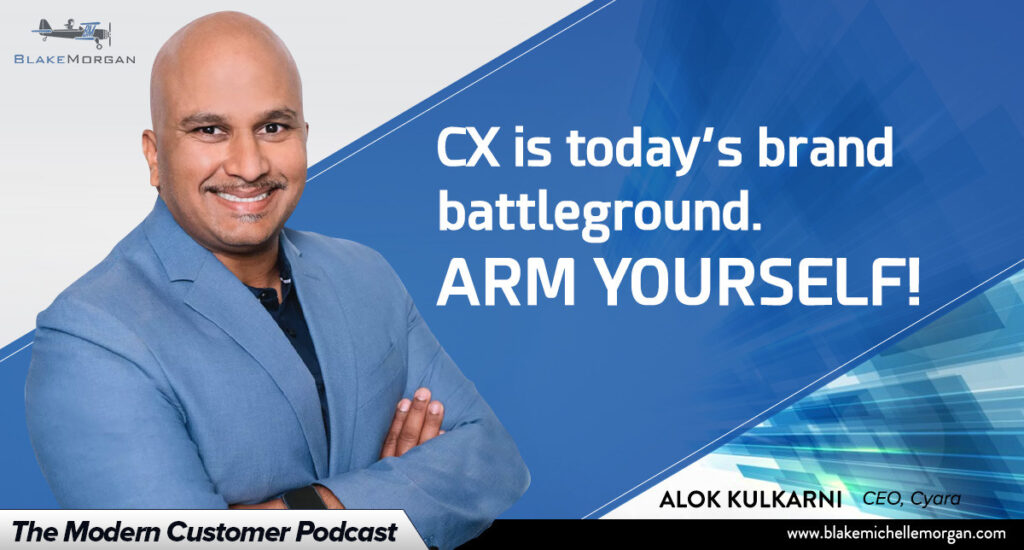Business leaders and executives would all agree that today’s customer experience has to be personalized, convenient, fast and right every time. But how many of them actually know what the experience is like for their customers? Are they aware of hold times, connection delays or other issues?
Customer experience is one of the defining characteristics of today’s brands. But too many brands measure things reactively instead of taking advantage of technology to proactively understand and address issues. The majority of brands rely on surveys and find out about issues after the fact instead of using technology to prevent issues and catch them before they grow.
Alok Kulkarni, CEO of Cyara, a cloud-based solution that looks at customer experience from the outside in, says it is important for executives and CX leaders to put themselves in their customers’ shoes to really understand the experience.
If they wouldn’t want to go through something themselves, they shouldn’t make their customers do it. By using an early warning system to find integration breakpoints and system flaws, companies can take a proactive approach to solve problems before the customer experience is impacted. Rather than relying on employee feedback and stories that are hard to substantiate, a digital CX solution allows brands to perform systemic audits to get data about issues and potential pitfalls.
Kulkarni shares the example of a large bank that launched a new call recording solution for customers just before the entire team left on Christmas vacation. When the vice president of customer care returned after the holidays, expecting to hear how well the solution was working, he was surprised that more than half of call center agents reported that customers couldn’t hear them on the phone. Customers were frustrated, and the bank’s net promoter score took a nosedive. The entire team had to come back from vacation early to address the issue, which could have easily been prevented with an early detection system that showed the audio wasn’t going through. Instead of having to play catchup and solve the problem later, CX technology could have pointed out the issue before the system went live.
Digital is also a powerful tool in customer experience monitoring. Monitoring from the outside is like a canary in a coal mine compared to finding out what happened after the event when it is too late to solve the problem. NPS and customer satisfaction scores are useful in tracking customer experience, but they don’t tell the whole story and are rear-facing instead of proactively seeking digital feedback in real time. The new metric is operational customer experience, or OCX, which objectively tracks scores for things like call success rates, connection times and hold times.
This is just the beginning—customer experience technology will continue to play a huge role in the future. Kulkarni expects an explosion of AI that will lead to more conversational bots. Customers are expecting more human-like conversations through technology, and a conversational AI boom is right around the corner.
A connected digital journey that seamlessly takes customers from an AI bot to an actual human can help provide timely responses. Kulkarni predicts that connected journeys will be a key battleground in the future of customer experience. An omnichannel strategy allows companies to use digital to solve customer problems on their first contact with the organization.
As experience becomes more important than product or even price, brands need to make customer experience their top priority. In today’s battleground, brands need to arm themselves with a digital solution that puts customers first.
This podcast is sponsored by Cyara. You can learn more about Cyara here.
*If you would like to sponsor a podcast contact [email protected].

